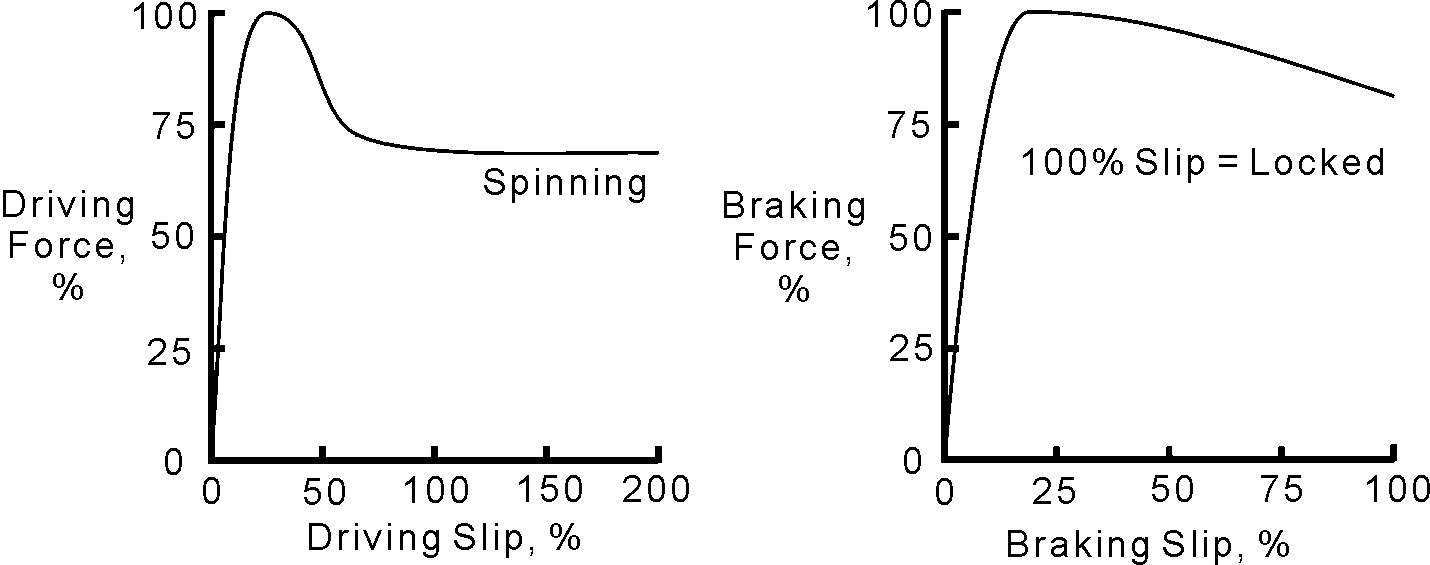First of all, I'm a bit of a nitpicker, so
for me 99% of what I see is electromagnetic, 0.99% is gravitational and the rest is nuclear strong and weak.
Conceptual wrote:
I remember watching an 11 part series on NOVA about String Theory, and they mentioned friction for about 3 seconds in an 11 hour series. I thought that the friction influence would have answered a few of their puzzles, but they didn't mention it more than once.
That, and the idea struck me that Gravitons and Neutrons were actually the same thing, since it would completely remove the need for the theoretical "Strong" Nuclear force... But then again, I am less educated in this field than most others, so it is all speculation....
Anyways, thanks again!
OK, in the Standard Model elementary particles are "points". This seems to work pretty well, because otherwise the gyromagnetic factor of the electron wouldn't be calculated to such precision (11 significant figures). Now, don't quote me on this but from what I've heard, in String Theory elementary particles are strings, not points, in not
4 dimensions but 11, and there are some symmetry transformations (imagine turning a virgin CD, it just doesn't matter) that can carry us from one particle to another.
In any case, gravitons and neutrons would
never be the same. First of all, gravitons are elementary, massless and Spin 2 point particles, while neutrons are compound massive spin 1/2 particles. So a neutron is made of two down quarks and one up quark. Even if I know nothing about string theories, while I could believe that a transformation would bring you from a graviton to a quark (and a large part of me complains anyway*), I can't see how you would get three quarks in a bound state.
BTW: Last year, one of the great advancement of physics was being able to calculate the mass of a proton from it's components (up up down quarks). While this may seem trivial to you, it's an extremely complicated calculation that has required lots of time, a big bad computer and brilliant scientists. The numbers they get seem to indicate that our model for the nuclear strong force (Quantum Chromodynamics) is pretty good.
* Graviton to quark means boson to fermion (supersymmetry, OK), massless to massive (smells quite a lot, one moves at the speed of light while the other just can't) and finally propagator to particle (these take part in totally different places in the "equation of the system", the Hamiltonian). The later one is the one my ignorance has a hard time swallowing.
PS: I did my last QFT calculation like 4 years ago, so this is all very rusty in my mind.
EDIT: The pdf needs subscription, but I hope the comments by Adrian Cho don't. The reference of the proton paper (in case anybody is interested) is
Science 322, 1224 (2008)I am not amazed by F1 cars in Monaco. I want to see them driving in the A8 highway: Variable radius corners, negative banking, and extreme narrowings that Tilke has never dreamed off. Oh, yes, and "beautiful" weather tops it all.
"Prediction is very difficult, especially about the future." Niels Bohr

